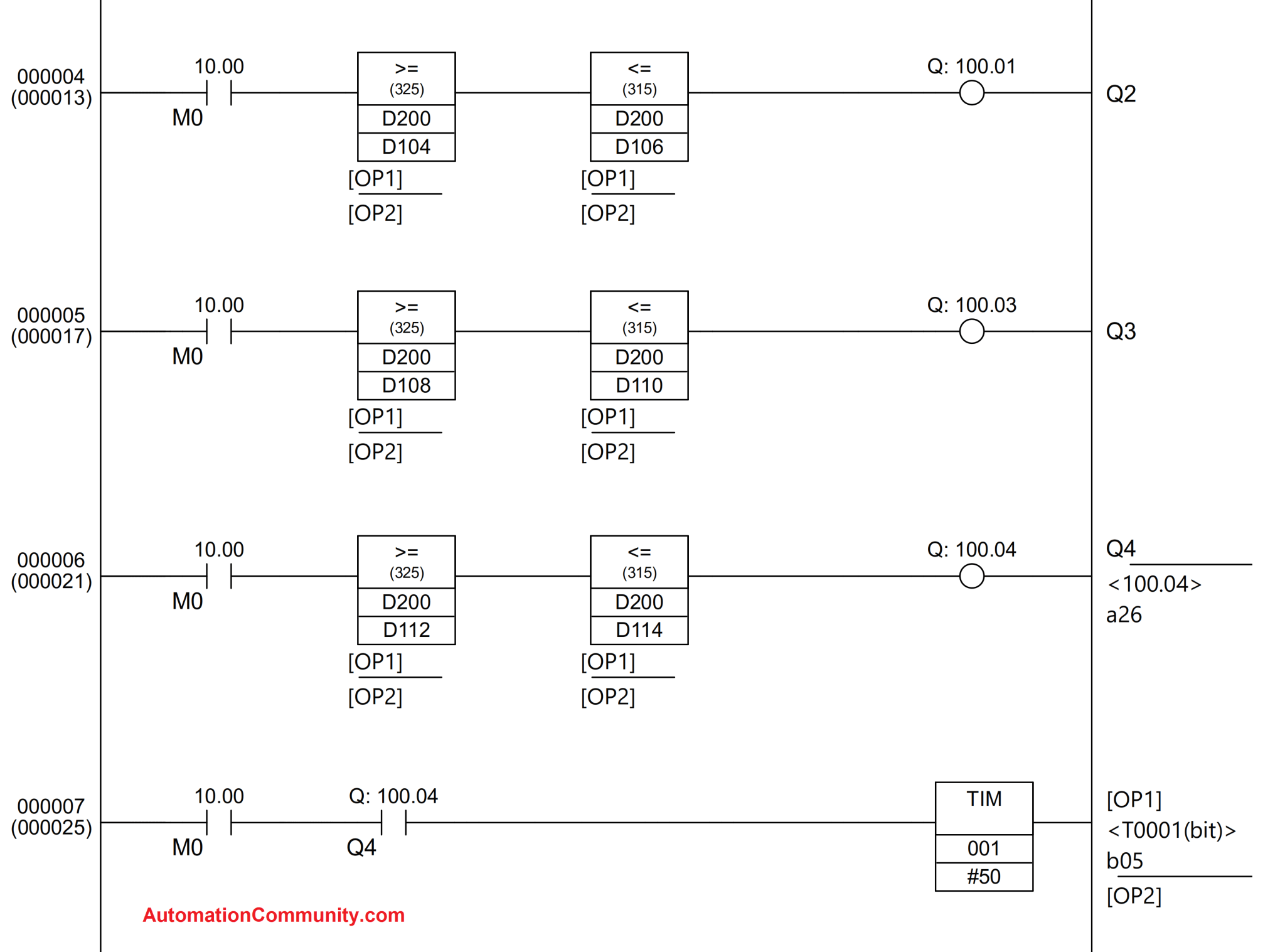Artificial Intelligence (AI) has transformed industries and daily life, driving advancements from autonomous vehicles to personalized recommendations. At the core of these innovations are algorithms—the step-by-step procedures for solving problems and making decisions. Designing efficient algorithms for AI applications is critical, as it directly impacts performance, scalability, and resource utilization. This article explores strategies to design efficient AI algorithms, covering key principles, techniques, and practical considerations.

Understanding Efficiency in AI Algorithms
Efficiency in AI algorithms encompasses several dimensions:
Time Complexity: The amount of time an algorithm takes to run as a function of the input size. Lower time complexity generally means faster performance.
Space Complexity: The amount of memory an algorithm uses relative to the input size. Efficient algorithms use less memory, which can be crucial for large datasets.
Computational Complexity: A broader term that includes both time and space complexity, providing an overall picture of the algorithm’s efficiency.
Scalability: How well an algorithm handles increasing amounts of data or more complex tasks. Scalable algorithms maintain performance as the size of the problem grows.
Key Principles for Designing Efficient Algorithms
1. Problem Decomposition
Efficient algorithms often start with breaking down a complex problem into smaller, more manageable sub-problems. This approach, known as problem decomposition, helps simplify the algorithm and makes it easier to optimize.
For instance, in image processing tasks, instead of processing the entire image at once, you might divide it into smaller patches and analyze them individually. This can reduce memory usage and allow parallel processing.
2. Choosing the Right Data Structures
The choice of data structures can significantly impact algorithm efficiency. Selecting the right data structure for your specific problem can improve both time and space complexity.
Arrays and Lists: Suitable for problems requiring simple indexing or sequential operations. However, they may not be efficient for operations like frequent insertions and deletions.
Hash Tables: Useful for problems involving quick look-ups and insertions. They provide average-case constant time complexity for these operations.
Trees and Graphs: Effective for hierarchical data and complex relationships. Algorithms like search and traversal can be optimized using balanced trees and efficient graph representations.
3. Algorithmic Paradigms
Several algorithmic paradigms can be employed to enhance efficiency:
Divide and Conquer: This paradigm involves breaking a problem into smaller sub-problems, solving each sub-problem independently, and combining the results. Examples include Merge Sort and Quick Sort.
Dynamic Programming: Useful for optimization problems where overlapping sub-problems occur. By storing results of sub-problems to avoid redundant computations, dynamic programming can reduce time complexity. Examples include the Knapsack Problem and Matrix Chain Multiplication.
Greedy Algorithms: These algorithms make a series of choices that seem best at the moment, hoping to find an optimal solution. They are often used in problems like Huffman Coding and Prim’s Minimum Spanning Tree.
4. Heuristic and Approximation Methods
For complex problems where finding an exact solution is computationally infeasible, heuristic or approximation algorithms provide good-enough solutions within reasonable time constraints.
Genetic Algorithms: Inspired by natural selection, these algorithms iteratively evolve solutions using operations like mutation and crossover. They are used in optimization problems where traditional methods struggle.
Simulated Annealing: This probabilistic technique explores the solution space by allowing occasional acceptance of worse solutions, aiming to escape local optima.
5. Parallel and Distributed Computing
Leveraging parallel and distributed computing can significantly boost the efficiency of AI algorithms. By dividing tasks across multiple processors or machines, you can handle larger datasets and perform computations more quickly.
MapReduce: This programming model, used in frameworks like Hadoop, allows for processing large datasets by dividing tasks into map and reduce functions that can be executed in parallel.
GPU Acceleration: Graphics Processing Units (GPUs) are highly effective for tasks involving large-scale matrix operations, such as deep learning training. By exploiting GPU parallelism, algorithms can achieve substantial performance improvements.
you could try here . Algorithmic Trade-offs
Designing efficient algorithms often involves trade-offs between time complexity, space complexity, and accuracy. For example, a more accurate model might require more computational resources. Understanding these trade-offs and making informed decisions based on the application’s requirements is crucial.
2. Testing and Profiling
Efficient algorithms are not just about theoretical performance. Practical testing and profiling are essential to identify bottlenecks and optimize real-world performance. Tools and techniques for profiling can help pinpoint inefficiencies in both time and space usage.
Profiling Tools: Tools like gprof, Valgrind, or specialized AI profiling tools can analyze where an algorithm spends most of its time and memory.
Benchmarking: Comparing the performance of different algorithms or implementations using benchmarks helps in choosing the most suitable one for a given application.
3. Algorithm Adaptation
AI applications often require algorithms to be adapted to specific domains or constraints. For example, in natural language processing, algorithms may need to handle varying text lengths and semantic nuances. Adapting algorithms to fit the characteristics of the problem domain can enhance efficiency and effectiveness.
4. Resource Constraints
In real-world applications, algorithms may need to operate under resource constraints such as limited memory or processing power. Designing algorithms that can efficiently handle such constraints without compromising performance is a key aspect of practical AI system development.
Conclusion
Designing efficient algorithms for AI applications involves a multifaceted approach that includes understanding problem requirements, selecting appropriate data structures, employing suitable algorithmic paradigms, and leveraging computational resources effectively. By focusing on these areas and considering practical aspects such as trade-offs and resource constraints, you can develop algorithms that not only perform well theoretically but also excel in real-world applications. As AI continues to evolve, the principles and techniques for algorithm design will remain integral to advancing the field and achieving impactful solutions.